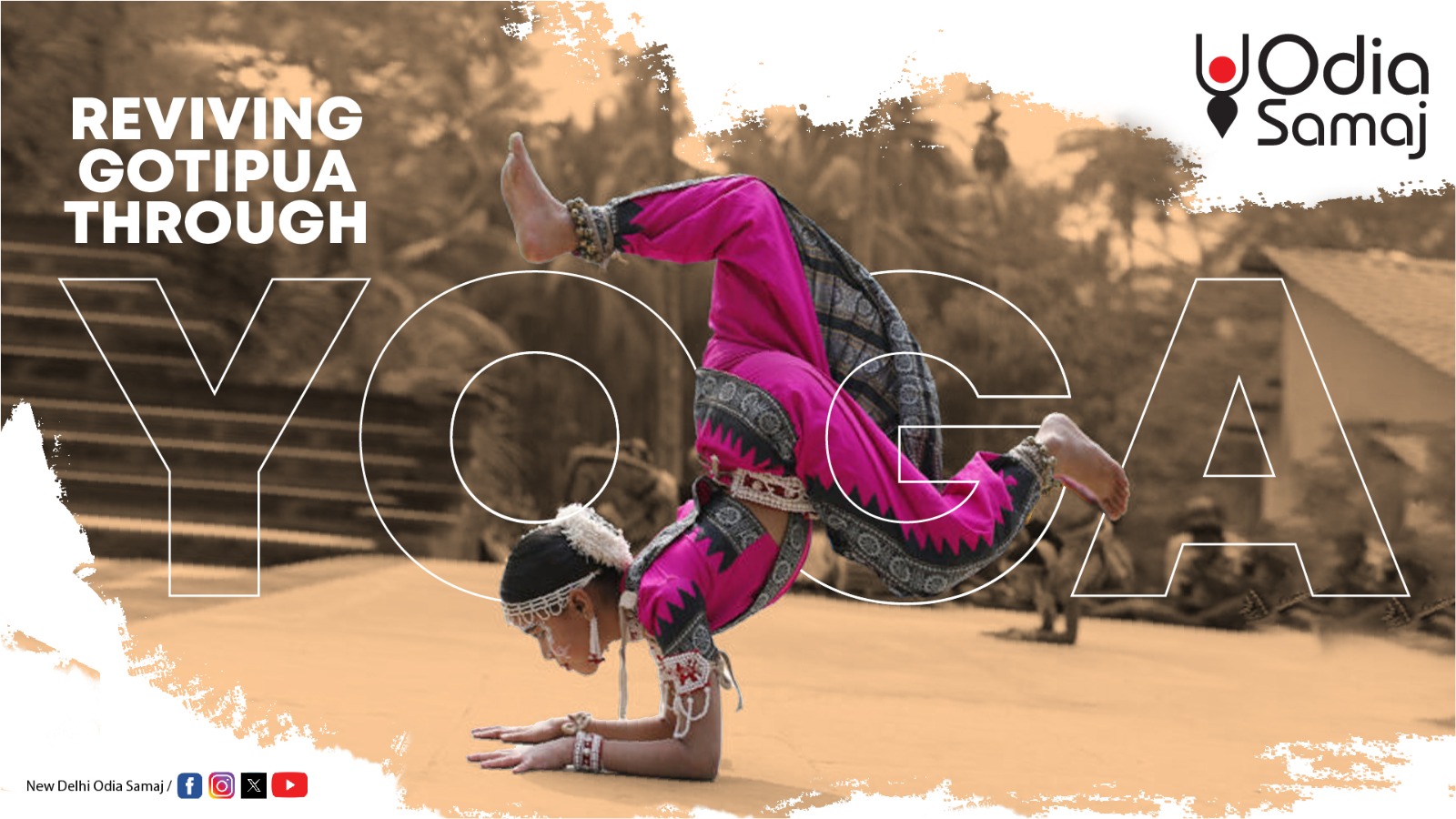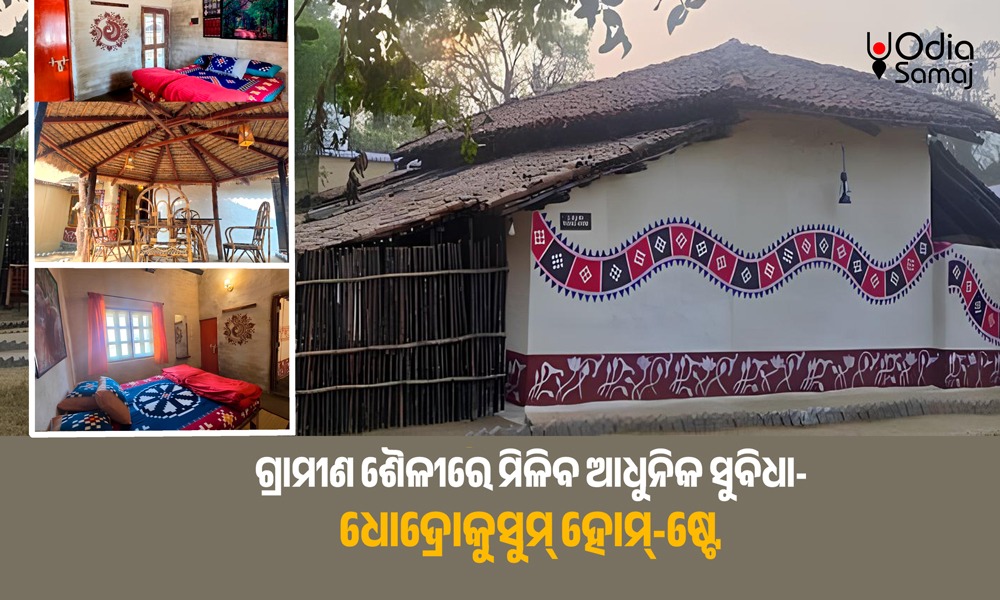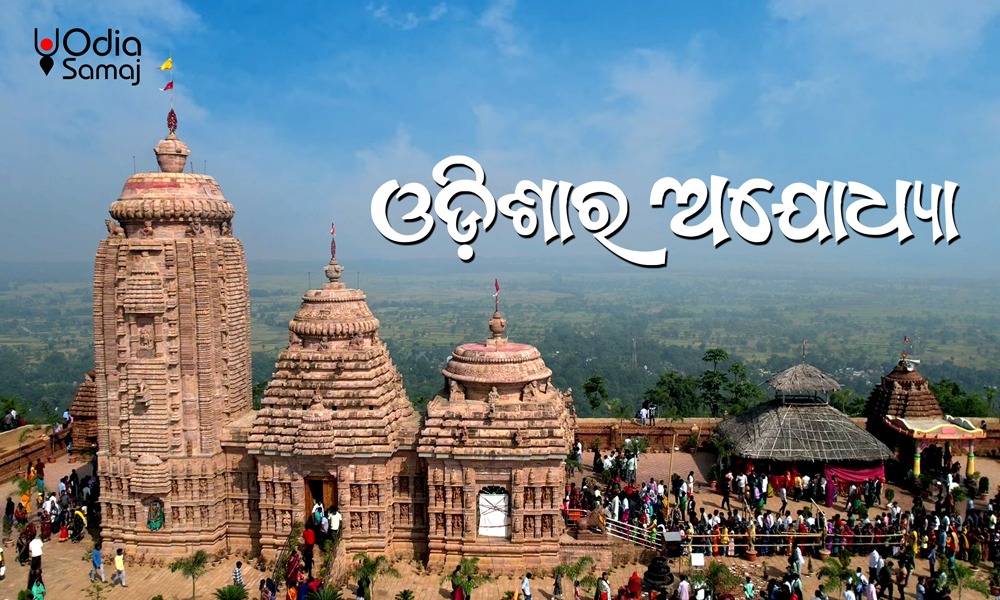Reviving Gotipua Through Yoga

In Odisha, where tradition is not just remembered but lived, an age-old dance is finding new breath through yoga. Gotipua, a classical form where young boys perform in female attire, has long served as a vessel of devotion and discipline. But today, it is becoming something more- a cultural bridge between the past and the present, between movement and mindfulness.
As the world turns to yoga for healing, Odisha has chosen to tell a deeper story- of how Gotipua is, in its essence, a form of embodied yoga. On International Day of Yoga (IDY) 2025, the State unveiled this perspective with elegance, bringing together sacred movement, storytelling, and physical mastery.
Where It All Began
The history of Gotipua stretches back to a time when Mahari dancers- women who once performed ritual dances within temple sanctums- began to fade from the scene. In their place came boys trained to dance outside the temples, adorned in feminine costume and grace, offering their devotion to Lord Jagannath.
These boys, known as Akhada Pila, trained in community spaces called Akhadas, where dance, physical strength, and spiritual knowledge were nurtured together. Over the centuries, Gotipua evolved into a rich dance form with its own identity- marked by gymnastic postures, devotional gestures, and mythological storytelling. It held together the threads of folk tradition and laid the foundation for Odissi, now a globally recognised classical dance.
A Dance Rooted in Yogic Intelligence
More than a performing art, Gotipua contains within it a deep yogic rhythm. Especially through Bandha Nrutya- the segment known for its acrobatic feats- the dancers mirror yoga asanas with impressive control. Poses like Padmasana, Garuda, Mayura, and Nauka are more than physical shapes; they are narrative tools, spiritual symbols, and meditative acts.
Students begin training at a young age, usually in a Gurukul setting, where mental discipline, flexibility, emotion, and strength are shaped together. Each performance begins with a prayer- offered to the divine, to the Earth, and to the teacher- before moving into pure rhythmic sections, expressive enactments, and finally the climactic physical display.
International Day of Yoga 2025: A Revival through Connection
In 2025, Odisha gave Gotipua a modern platform by merging it with the spirit of International Day of Yoga. With a global audience turning toward wellness, the State found a powerful opportunity to showcase its heritage as a path to inner balance.
This wasn't just about performance. It was about repositioning Gotipua as an ancient practice relevant to modern times- a heritage art that resonates with today's search for physical, mental, and spiritual well-being.
Cinematic Tributes from Odisha’s Sacred Sites
To tell this story visually, the State released four evocative short films, each set against a site that carries deep cultural weight:
Mukteswar Temple – Reflecting divine geometry and grace
Chandrabhaga Beach – A landscape breathing rhythm and breath
Jagannath Temple, Puri – The spiritual source of the tradition
Sun Temple & Dhauli Shanti Stupa – Standing for light, reflection, and peace
Each video weaves Gotipua movements with yogic sequences, such as Surya Namaskar, within the traditional vocabulary of the dance. These were not staged as performances, but as moving meditations that captured the soul of both yoga and Gotipua.
Kalinga Stadium: The Live Confluence
The celebrations culminated in a mesmerising live show at Kalinga Stadium. As thousands looked on, Gotipua dancers took the stage- blending tradition with transformation. Each held pose, each fluid transition echoed the 2025 global theme: Yoga for One Earth, One Health.
It wasn’t just an event; it was a powerful message- that Odisha’s cultural identity is not static, but evolving. And that wellness is not only about the body- but also about keeping heritage alive and shared.
Guru Maguni Das: The Torchbearer of Gotipua
This revival rests on the lifelong work of Padma Shri Guru Maguni Das, who founded the Dasabhuja Gotipua Odissi Nrutya Parishad in the heritage village of Raghurajpur. His Gurukul model gave countless young boys not only a skill but a philosophy. It was through his disciples—many of whom went on to redefine classical dance on global stages- that Gotipua travelled from temple towns to world capitals.
Among them was the legendary Guru Kelucharan Mohapatra, who credited his early training in Gotipua as the base of his mastery in Odissi. Their journeys remind us that tradition does not survive by accident- it survives because someone chooses to nurture it.
Conclusion: Wellness Begins with Heritage
Gotipua is not a relic- it is a living dialogue between movement, meaning, and mindfulness. Its yogic roots are deep, and its relevance is growing. By presenting it on the International Day of Yoga, Odisha did more than perform- it spoke a truth the world needs to hear:
That tradition can be therapeutic.
That art can be meditation.
And that within culture lies the cure.
This revival is not about looking back- it’s about moving forward, through the strength of what we carry within.





